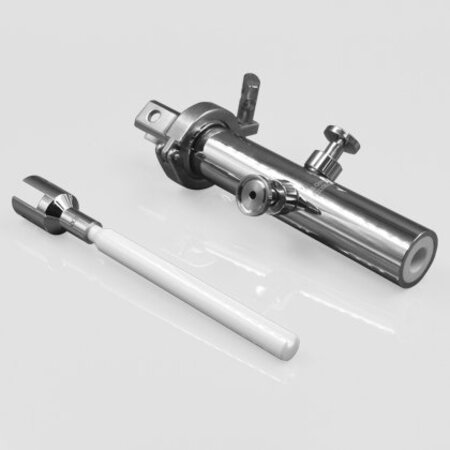Ceramic Scissors in Laboratory and Technical Work: A Practical View
When people talk about tools for lab work, they usually think about glassware, tweezers, or maybe a good pair of gloves. But there’s one tool that quietly does its job and often gets overlooked: Ceramic Scissors.
They may look simple. They are not.
In laboratories—whether chemical, biological, or materials-focused—what we really need is a tool that stays clean, stays stable, and stays predictable. Ceramic Scissors fit that requirement surprisingly well, and the more you understand the nature of advanced ceramics, the more obvious their value becomes.
Let me explain why.
Ceramic materials, especially zirconia-based blades, are naturally resistant to corrosion and chemical attack. This means when you cut films, samples, wipes, tubing, or any material that may have been exposed to solvents or reactive compounds, the blade doesn’t slowly wear away, and it doesn’t introduce metal ions into your sample. For many labs, that alone is a big deal. It means fewer surprise contaminants and fewer headaches when you’re trying to figure out why a test result suddenly drifted off target.

And there’s something else. A small detail, but important. Ceramic Scissors are non-conductive. This matters whenever technicians work near sensitive electronics, sensors, or wiring. A slip of a metal blade can cause a short or a spark. A ceramic blade… won’t. That simple difference can protect equipment that costs far more than the scissors themselves.
Now, labs often deal with thin films, composite sheets, polymer samples, and delicate membranes. These materials don’t like rough edges or dragged cuts. They tear easily. They warp. They stretch. A ceramic blade, because it keeps its edge for a very long time, gives you a clean, reliable cut from the first sample to the hundredth. No tearing, no feathering, no weird edges that can ruin a test.
In research environments, repeatability is everything. A cut that looks harmless can ruin a measurement. This is where Ceramic Scissors quietly shine.
Of course, they’re not perfect. They’re not meant to cut thick metal wires. They’re not meant to crush hard composites. Ceramics are tough but brittle, and treating them like steel will end the same way every time. But for controlled technical work, for careful handling of precision materials, they do exactly what they’re supposed to do, and they do it very well.
And perhaps this is the most understated advantage: they require almost no maintenance. No rust. No reaction with moisture. No weird discoloration after a week in a busy lab. You clean them, you put them back, and the next person picks them up without worrying about whether they’ll behave differently from yesterday.
So when you look at the full picture—chemical stability, non-conductivity, edge retention, cleanliness—Ceramic Scissors turn out to be a simple tool that solves several technical problems at once. They make lab routines smoother. They make results more consistent. And they reduce the number of tiny failures that quietly slow down scientific work.
They’re not flashy. They’re not complicated. But for anyone working in a technical environment, they’re remarkably dependable.
And that, in the long run, is what good tools are all about.









